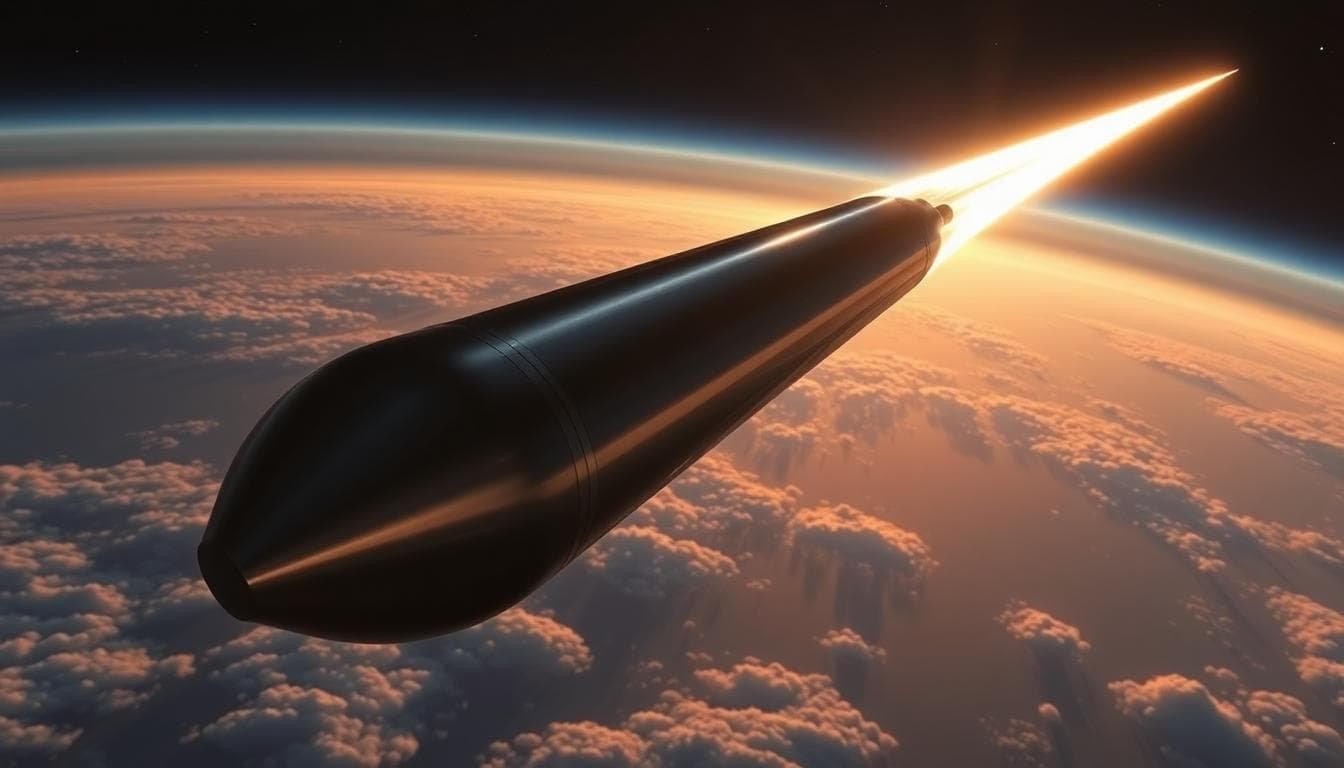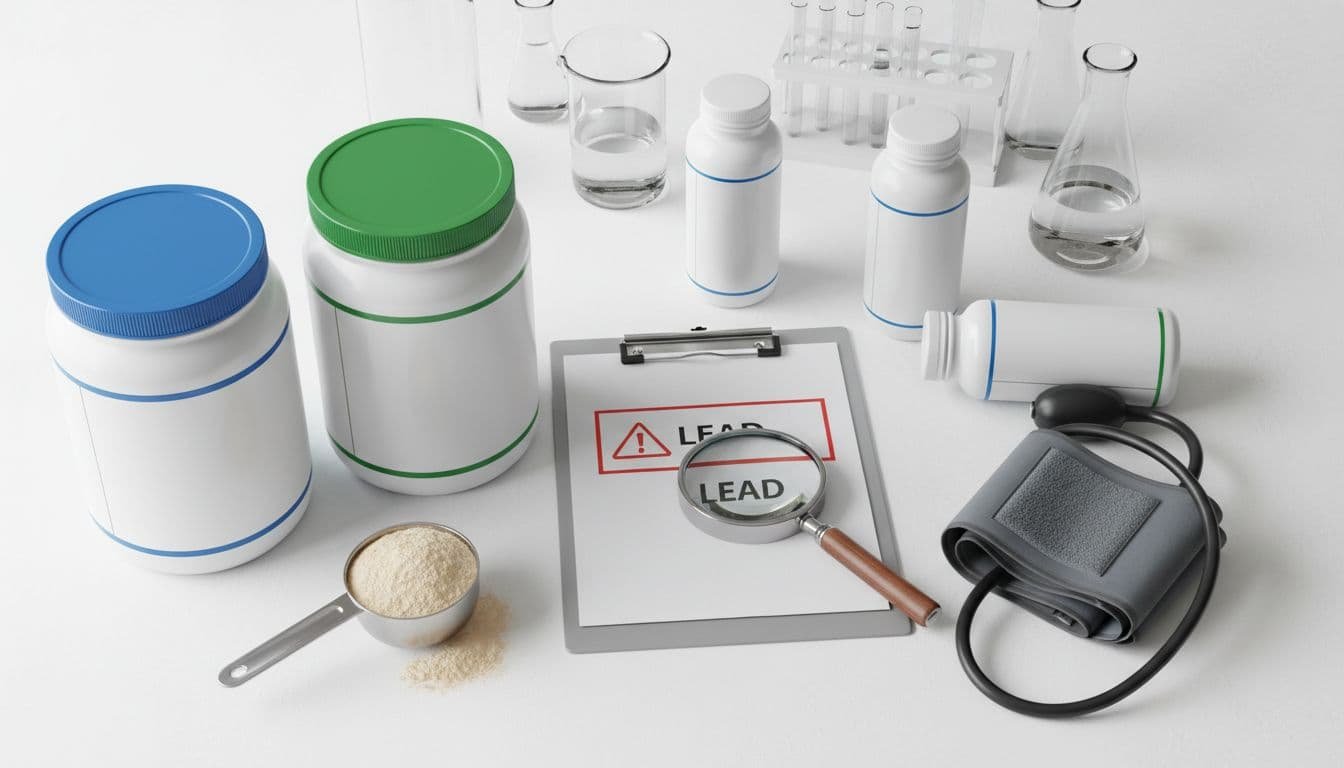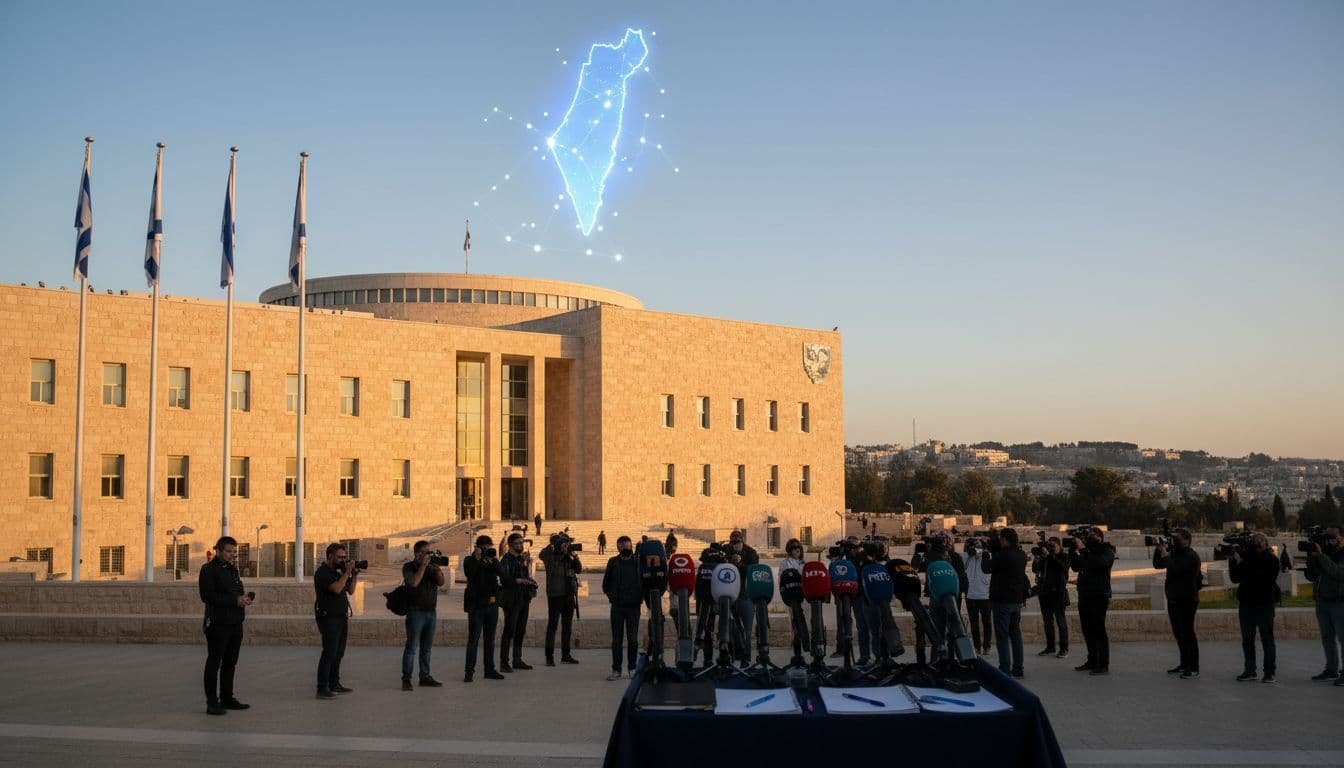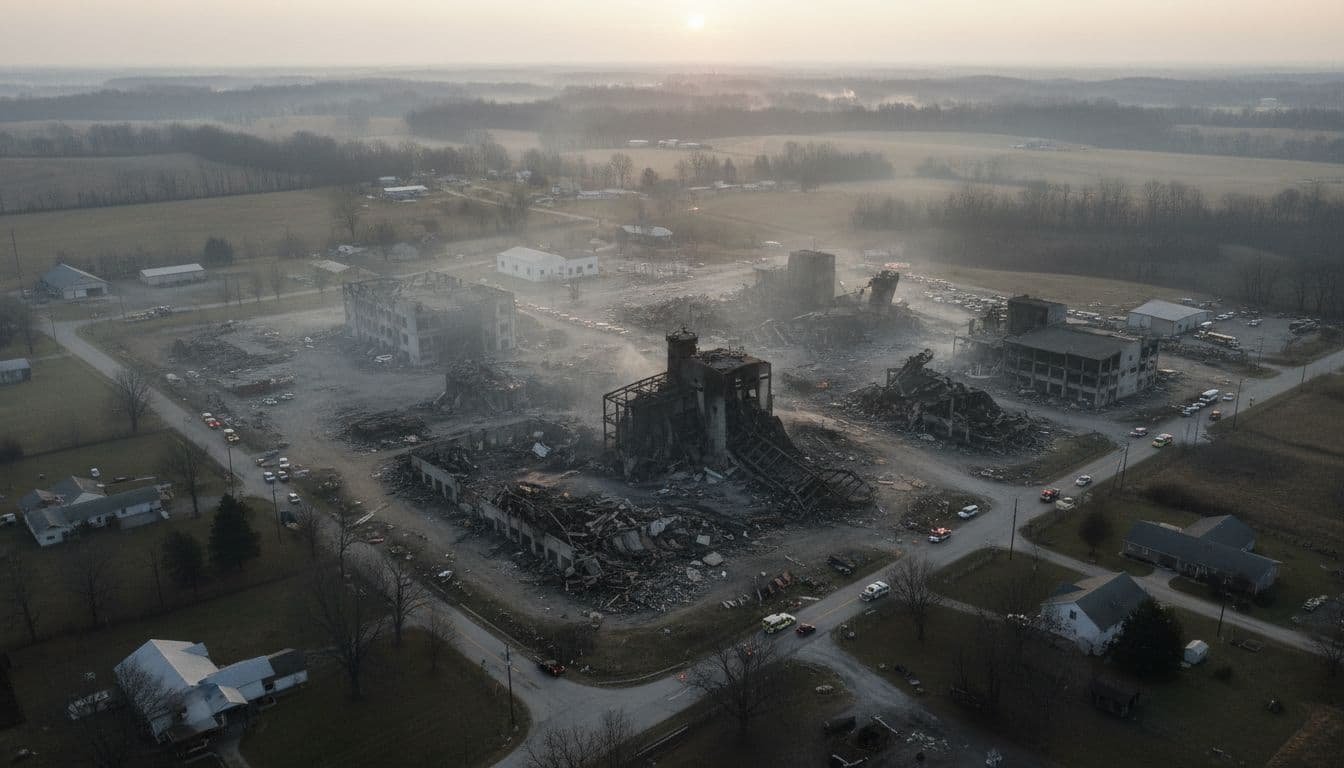A Successful Flight That Spanned Half the Planet
SpaceX completed a major Starship test flight that sent the vehicle halfway around the world. The ship lifted off from Starbase in South Texas, reached space, and then splashed down in the Indian Ocean. The mission showed controlled ascent, clean stage separation, and a guided return through intense reentry conditions.
Why this is big: Starship aims to fly heavy cargo and crews to the moon and Mars. To do that, the vehicle must survive the heat and forces of coming back at high speed. This flight pushed those systems. It also checked how the heat shield tiles hold up when the ship returns from near‑orbital energy.
Key Milestones in This Test
- Launch and Ascent: The Super Heavy booster and Starship lifted off from Starbase. The stack cleared the pad and climbed on a stable trajectory.
- Stage Separation: Super Heavy and Starship cleanly separated. The booster performed a controlled return and splashed down near the Gulf of Mexico.
- Coast and Maneuvers: Starship executed in‑space maneuvers and tested payload operations, including the deployment of small simulator satellites to prove basic release capability.
- High‑Energy Reentry: The ship reentered over the ocean, testing tile durability, plasma dynamics, and flight control authority using its flaps.
- Targeted Splashdown: Starship reached the planned zone in the Indian Ocean, demonstrating guidance and control across a global path.
Heat Shield Tiles Got a Workout
The black tiles under Starship are a key part of the design. They protect the stainless‑steel hull from extreme heat. During reentry, air compresses and turns to plasma around the vehicle. That glowing flow tests every tile bond, gap, and shape.
Engineers look for hot spots, missing tiles, and any damage patterns. They compare temperature data and camera views with preflight models. Each test tightens the design. The goal is simple: survive repeated entries with limited maintenance so Starship can turn around fast.
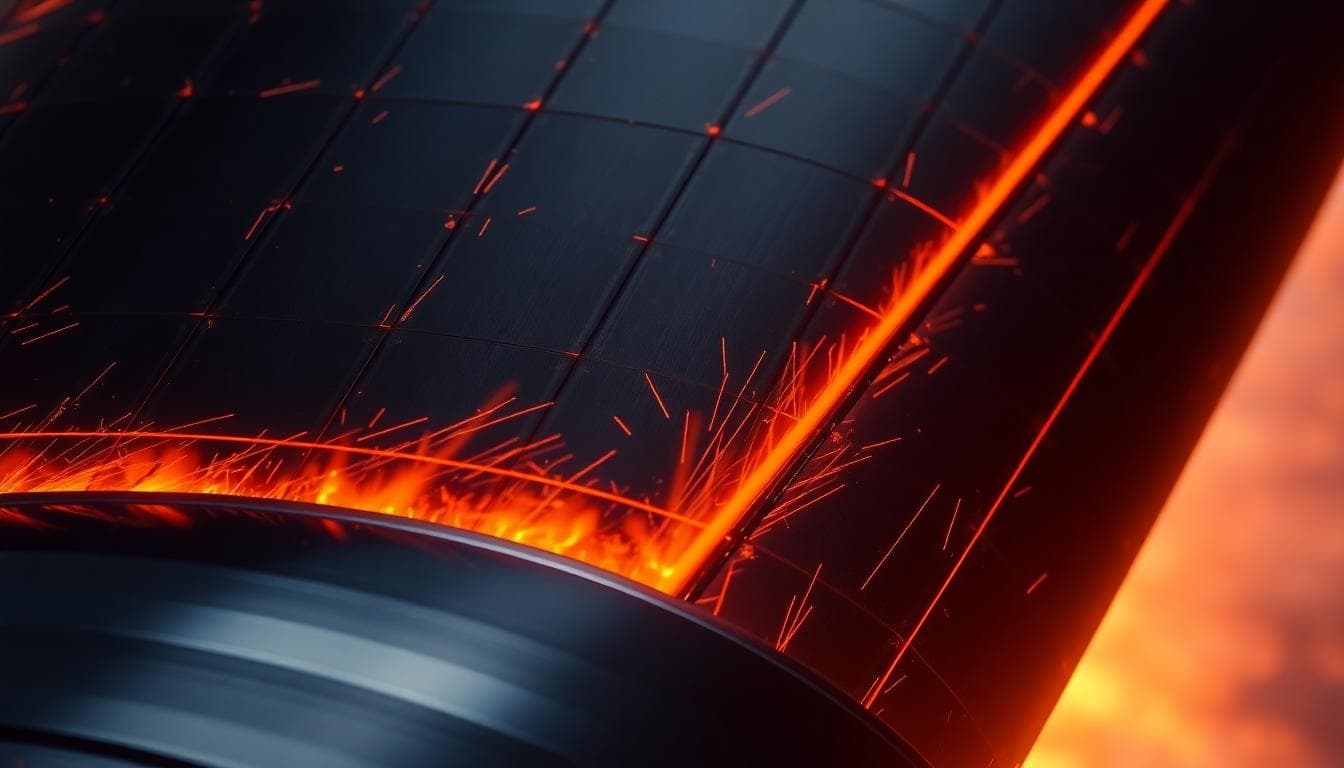
Booster Splashdown Shows Reuse Progress
Super Heavy did its job, then came back for a water landing near Texas. That step matters for a reusable system. It proves control during descent, engine restarts, and stability in the final seconds. While the long‑term plan is a tower catch at Starbase, water landings are a safe bridge to that goal.
Every booster recovery gives the team more data on loads, plume interactions with water, and guidance tolerances. It also helps refine software so the final catch can be smooth and consistent.
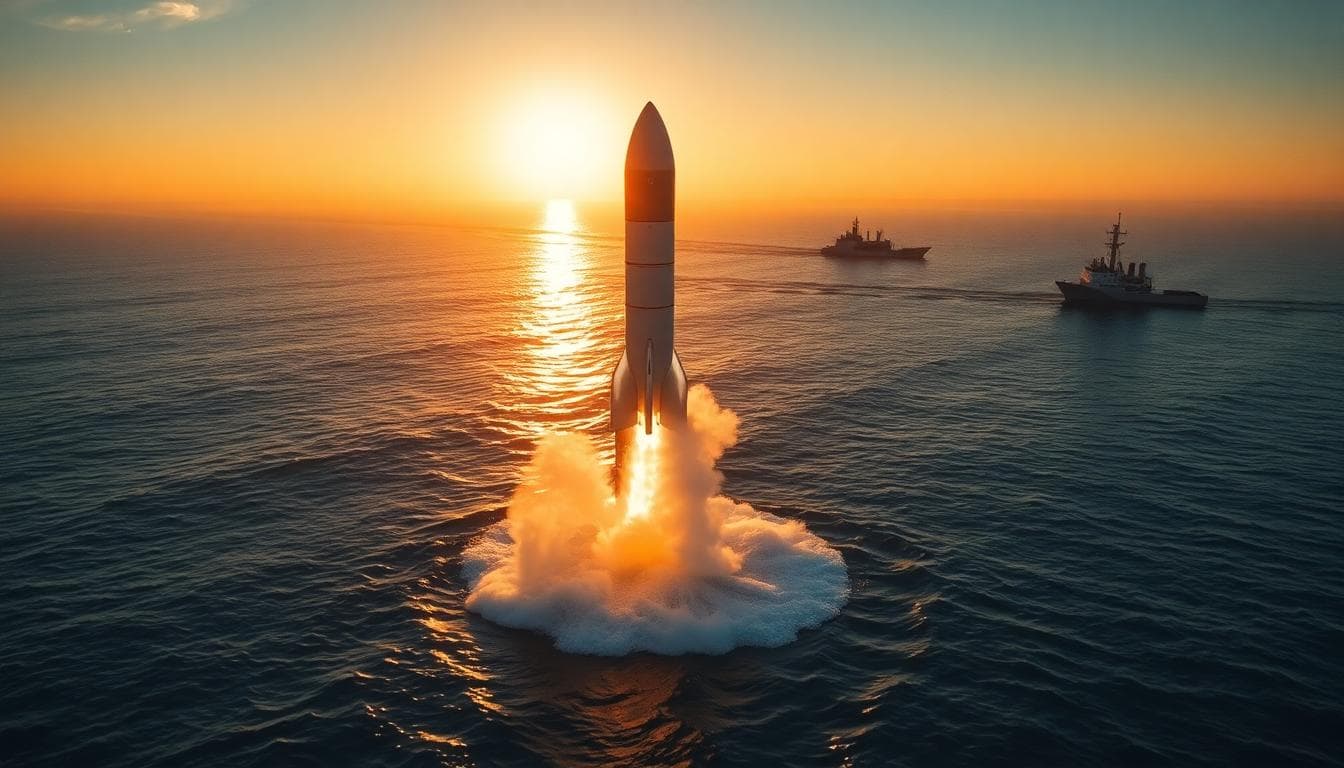
A Half‑World Trajectory, By Design
This flight did not aim for a ground landing. Instead, Starship flew a long arc and came down in the Indian Ocean. That path kept debris risk low and allowed teams to target a safe, empty area. It also offered a long coasting phase for in‑space checks and alignment for a daylight reentry window.
The trajectory is a smart compromise. It is close to an orbital energy return without the need for a full orbit. It stresses the tiles, the flaps, and the guidance system; then ends in a controlled splashdown where ships can observe and collect data.
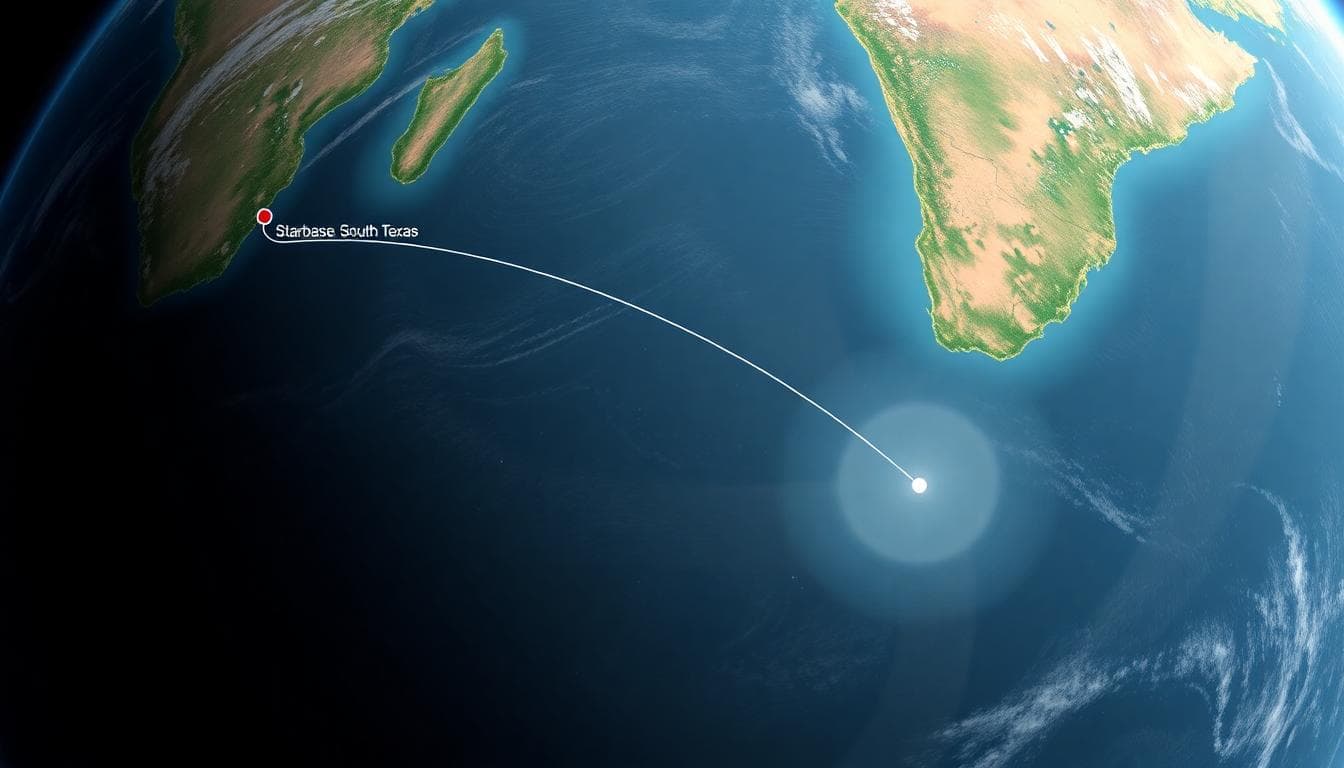
Why This Matters for Moon and Mars Plans
NASA selected a lunar version of Starship for the Artemis program. That means astronauts could ride a Starship lander down to the moon’s surface later this decade. To reach that point, Starship must prove high reliability, reentry toughness, and fast reuse. This test helps on all three fronts.
For Mars, the stakes are even higher. Long flights, heavy payloads, and frequent entries demand robust systems. Heat shield performance is a top risk area. Data from this test will feed into tile design, hull cooling strategies, and inspection workflows. Small gains here can cut costs and shorten timelines in a big way.
What Was New on This Flight
- Tile durability focus: More sensors and cameras on the thermal shield.
- Guidance tweaks: Software changes to hold attitude in turbulent plasma flow.
- Payload demo: Deployment of small satellite simulators to prove release systems in flight.
- Recovery envelope: Expanded splashdown targeting to validate accuracy over global distances.
What Engineers Will Study Next
- Tile loss and wear: Did any tiles lift or erode? How did gaps handle expansion and vibration?
- Thermal loads: Were peak temperatures and dwell times within models?
- Flap authority: How well did the flaps hold attitude through changing density and Mach regimes?
- Booster descent margins: Were engine burns and guidance aligned with the final catch plan?
- Avionics health: Any sensor dropouts in plasma blackout zones, and how did redundancy perform?
What This Means for Reusability and Cost
Reusable rockets are about cadence. The faster you can inspect, refit, and relaunch, the lower your cost per flight. This test adds confidence that Starship can take the heat of high‑energy return and come back ready for the next round of upgrades. That is how you move from rare demos to a steady flight schedule.
As cadence grows, payload prices tend to drop. That opens space for more satellites, larger science missions, and new ideas like on‑orbit assembly or space‑based manufacturing. It also helps NASA and private crews with sustained moon missions.
Looking Ahead
Expect more test flights with tighter objectives. We will likely see tower catch attempts for the booster, more aggressive tile tests, and early steps toward on‑orbit refueling. Each flight should close another gap on the path to fully reusable heavy‑lift missions.
For now, this half‑world flight is a clear step forward. The vehicle launched, separated, maneuvered, survived the heat, and met its splashdown target. That is the kind of progress the program needs to keep momentum.
Quick Facts
- Vehicle: SpaceX Starship and Super Heavy
- Launch Site: Starbase, South Texas
- Flight Path: Near‑orbital energy, targeted splashdown in the Indian Ocean
- Notable Tests: Heat shield tiles, in‑space maneuvers, payload release demo, booster splashdown
- What’s Next: More reentry tests, booster catch attempts, and refueling development
To contact us click Here .
